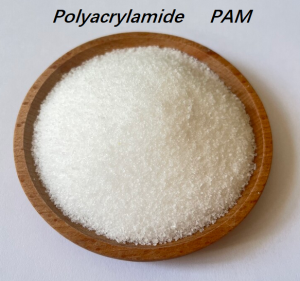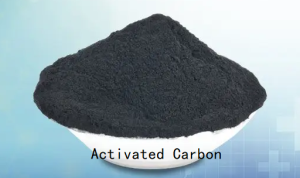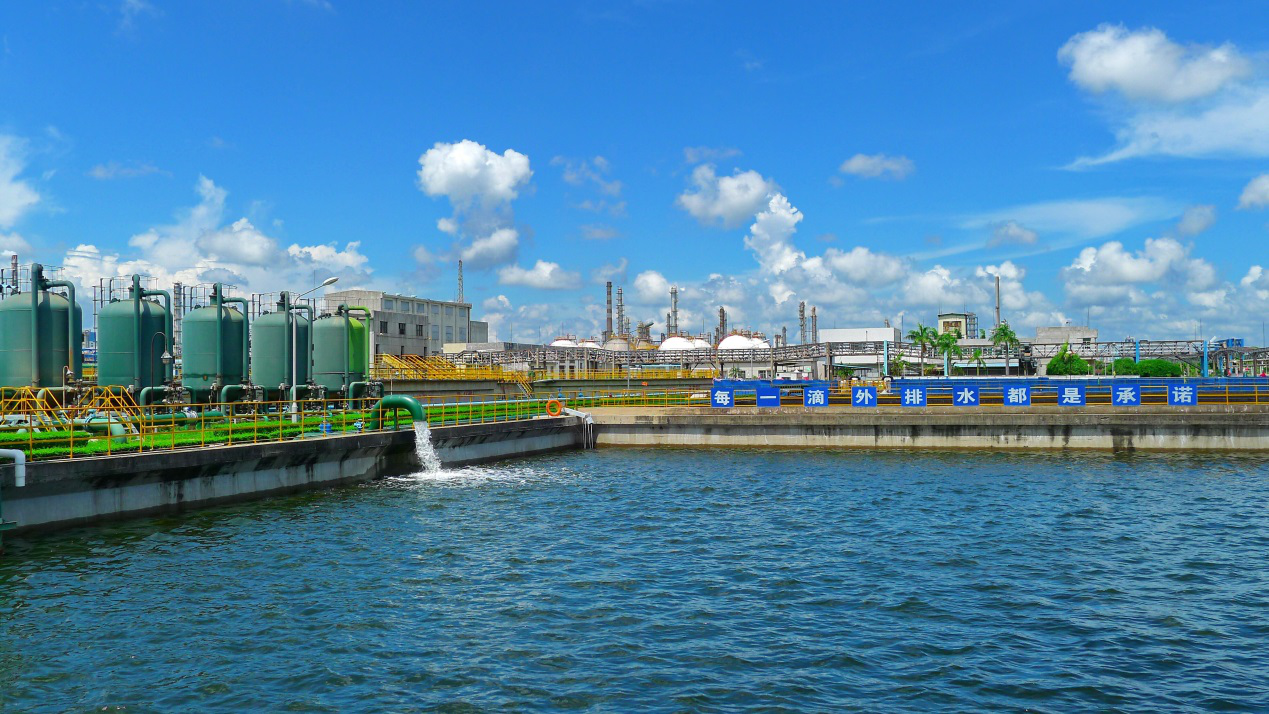How to deal with petrochemical industry wastewater?2
Petrochemical industry wastewater refers to water generated by industries such as refining, chemical, synthetic materials, and coal chemical, which contains various components such as oil, acid, alkali, organic matter, and inorganic salts.

Petroleum refining is the process of physically separating or chemically reacting crude oil into different petroleum products based on their boiling points. During the refining process, water injection, stripping, condensation, washing, and tank cutting are the main sources of wastewater. In addition, it also comes from auxiliary facilities such as laboratories, power stations, air compression stations, and circulating water plants, as well as living facilities such as canteens and offices. According to the characteristics of water quality, it is divided into the following categories:

√ Oily wastewater(OW)
This is the largest type of wastewater discharged during the refining, processing, storage, and transportation processes. The water mainly contains crude oil, refined oil, lubricating oil, as well as a small amount of organic solvents and catalysts. Oil in water mostly exists in the form of floating oil, dispersed oil, emulsified oil, and dissolved oil . OW mainly comes from condensation water in the equipment, oil and gas condensation water, oil and gas washing water, oil pump shaft seals, oil tank cutting water, oil tank and other equipment washing water, laboratory drainage, etc.
The commonly used chemical products for treating OW mainly include demulsifiers, coagulants, and oxidants, and the specific selection needs to be determined based on water quality characteristics and treatment objectives. 12
1. Demulsifier
Emulsifier is the core agent for treating oily wastewater, which achieves oil-water separation by breaking the emulsion film on the surface of oil droplets. Common types include:
Polyether series: suitable for high temperature and high mineralization wastewater
Quaternary ammonium salts: better demulsification effect under low temperature conditions
Cationic Polyacrylamide (CPAM): Removal of negatively charged colloidal particles through adsorption bridging action
2.Flocculant
Used to accelerate the coagulation of suspended solids, commonly used products:
Polyaluminum chloride (PAC): promotes rapid settling of suspended particles
Polyacrylamide (PAM): enhances floc structure and improves separation efficiency by 45%
3. Oxidizing agent
Used for removing organic pollutants from wastewater:
Hydrogen peroxide (H ₂ O ₂): decomposes organic matter, high safety
Potassium permanganate (KMnO ₄): Strong oxidizing and widely applicable
4. Other auxiliary drugs
According to processing requirements, the following may be added:
PH regulators (such as sodium hydroxide, sulfuric acid) control the reaction environment
Centrifugal separation equipment or air flotation device assisted physical separation
The specific selection of drugs needs to be determined through small-scale experiments to determine the best plan, and strictly follow safety operating procedures.
√ Sulfur-containing wastewater(SCW)
SCW mainly comes from the top oil-water separator, rich gas water washing, liquid hydrocarbon water washing, liquid hydrocarbon storage tank water cutting, and stacked gasoline water washing in secondary processing units such as catalytic cracking, catalytic cracking, coking, and aerobic cracking in refineries. This water has a small drainage volume but a high concentration of pollutants.
The commonly used chemical products for treating sulfur-containing wastewater mainly include sodium thiosulfate, ferrous sulfate, sodium hypochlorite, etc. The specific selection depends on the sulfur content of the wastewater and the treatment process.
√Alkali containing wastewater(ACW)
ACW comes from the washing water of diesel, aviation kerosene, gasoline after alkali washing in atmospheric and vacuum distillation, catalytic cracking and other units, as well as the washing water of liquid hydrocarbon alkali washing. Wastewater contains free caustic soda, petroleum, and small amounts of phenol and sulfur.
√ Saline wastewater(SW)
Mainly from the drainage of crude oil electric desalination water tank and the production of cyclic acid salts. In addition to the same hazards as oily wastewater, it causes soil salinization when used for irrigation due to its high salt content. The main pollutants are high salt content, as well as oil and volatile phenols.
√ Phenolic wastewater
Mainly from atmospheric and vacuum distillation, catalytic cracking, delayed coking, electric refining, and stacking units. Among them, except for the high phenol content in the wastewater discharged from the oil-water separator at the top of the fractionation tower of the catalytic cracking unit, which accounts for more than half of the total phenol content discharged from the refinery, the phenol concentration discharged from other units is relatively low, but the water volume is large.
√ Production wastewater
Mainly sourced from cooling water discharge from circulating water plants, boiler water discharge, oil tank spray cooling water, and non polluting ground rainwater, etc
Characteristics of Petrochemical Wastewater:
- The discharge of wastewater is large and fluctuates greatly
Petrochemical production consumes a large amount of water and discharges a large amount of wastewater.
- There are various types of chemical pollutants and their levels vary greatly
Petrochemical production involves thousands of raw materials, products, and intermediate products, resulting in countless pollutants.
- Highly toxic
Many pollutants contained in petrochemical wastewater are toxic, especially those containing phenols, nitriles (cyanides), and amines, which have significant toxicity. The toxic substances emitted by different production plants are also different.
- The pH range is wide,
Some of the discharged petrochemical wastewater is strongly acidic with a pH value less than 1, while others are strongly alkaline with a pH value greater than 13.
Therefore, the diversity of petrochemical wastewater makes it difficult to solve the problem. Therefore, case analysis is needed to develop solutions. There is no best solution, only the most suitable one. If you have any needs, feel free to contact us at any time.
#Flotation method #flocculation method #electrocoagulation method #biological method #membrane separation method #modified fiber ball filter material #inorganic flocculant #organic flocculant #composite flocculant #polyaluminum chloride #polymeric ferric sulfate #oil separator #oil separator #activated carbon#PAM#PAC







